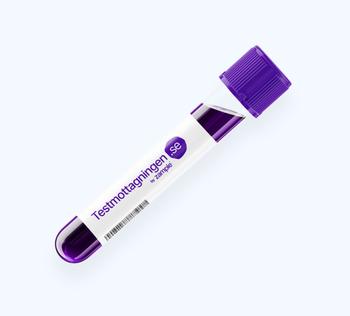What is non-HDL cholesterol?
Non-HDL cholesterol, or non-HDL cholesterol, is a blood fat marker used to assess the risk of heart disease. It includes all lipoproteins that are not "high-density lipoproteins" (HDL), which means that it represents a total amount of cholesterol in low-density lipoproteins (LDL), very low-density lipoprotein (VLDL) and other lipoproteins that can be atherogenic (promote the formation of plaques in the blood vessels).
Why do you calculate non-HDL cholesterol?
Non-HDL cholesterol is considered a useful indicator of cardiovascular risk because it includes the harmful cholesterol particles (LDL and VLDL) associated with plaque formation and blockage of blood vessels.
How to calculate non-HDL cholesterol?
To calculate non-HDL cholesterol, you need to know the total cholesterol value and the HDL cholesterol value. Non-HDL cholesterol is calculated by subtracting the HDL cholesterol value from the total cholesterol value. The formula is:
Non-HDL cholesterol = Total cholesterol - HDL cholesterol
Example: If total cholesterol is 200 mg/dl and HDL cholesterol is 50 mg/dl, the calculation is: Non-HDL cholesterol = 200 mg/dl - 50 mg/dl = 150 mg/dl
>Therefore, the non-HDL cholesterol value is 150 mg/dl in this example.
What can the value of non-HDL cholesterol indicate?
Normal levels of non-HDL cholesterol vary depending on individual risk factors and health conditions. Generally speaking, lower values are considered more desirable to reduce the risk of cardiovascular disease.





























